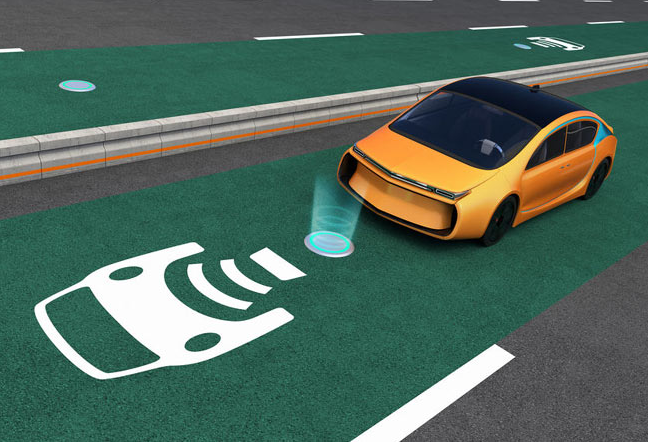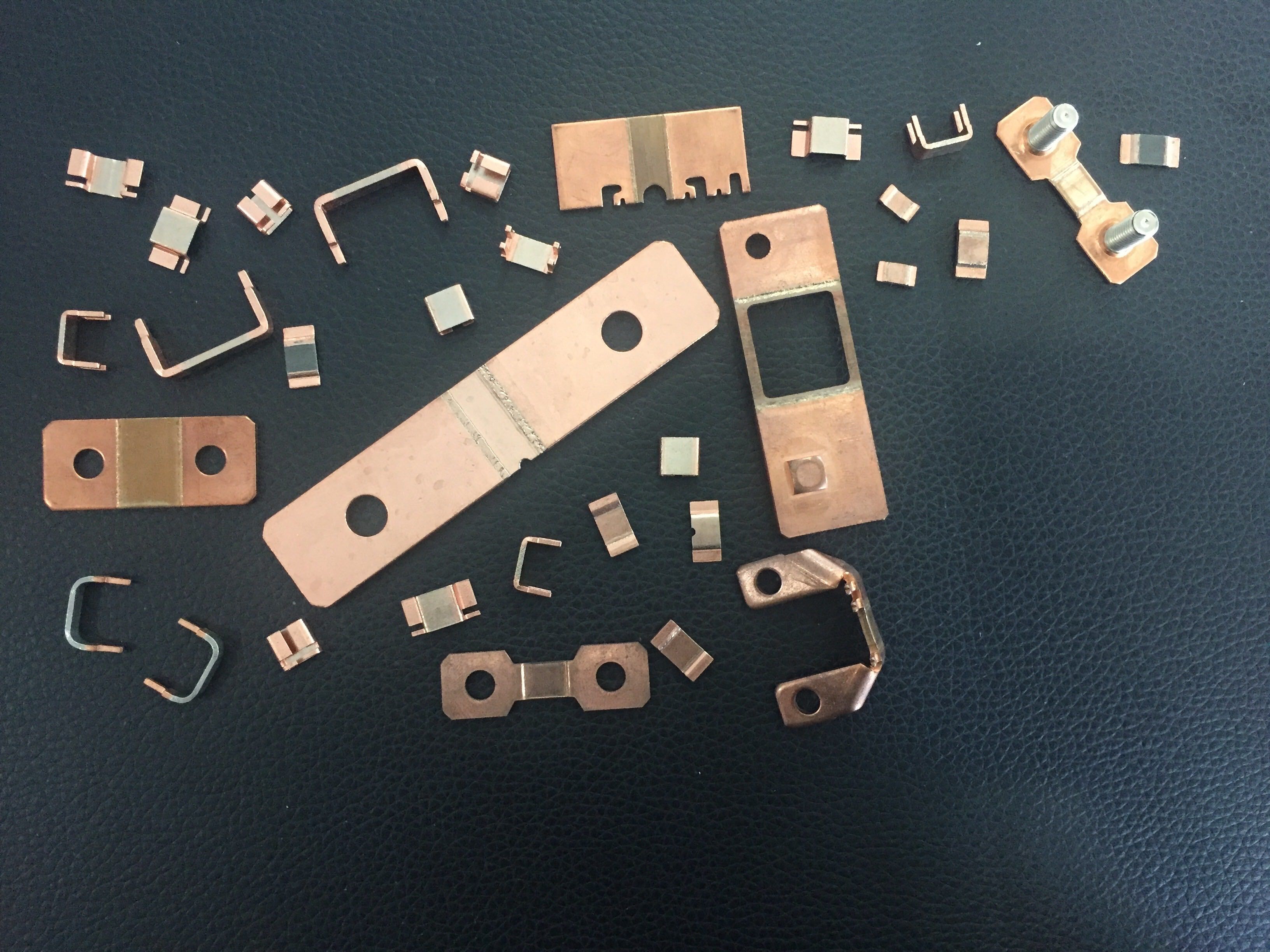Position:Home » Industry News
Wire and Wireless Electric Vehicle Charging System
Writer:Microhm Page View:Date:2019-08-02
Nowadays world is shifting towards electrified mobility to reduce the pollutant emissions caused by nonrenewable fossil fueled vehicles and to provide the alternative to pricey fuel for transportation. Benefit from this, suppliers including Microhm Electronics are increasely providing shunt resistors and other current sense resistors to electric vehicles. But for electric vehicles, traveling range and charging process are the two major issues affecting it’s adoption over conventional vehicles.

With the introduction of Wire charging technology, no more waiting at charging stations for hours, now get your vehicle charged by just parking it on parking spot or by parking at your garage or even while driving you can charge your electric vehicle. As of now, we are very much familiar with wireless transmission of data, audio and video signals so why can’t we transfer power over the Air.
Thanks to great scientist Nikola Tesla for his limitless amazing inventions in which wireless power transfer is one of them. He started his experiment on wireless power transmission in 1891 and developed Tesla coil. In 1901 with the primary goal to develop a new wireless power transmission system Tesla started developing the Wardenclyffe Tower for large high-voltage wireless energy transmission station. The saddest part is to satisfy Tesla's debts, the tower was dynamited and demolished for scrap on July 4th 1917

Basic principle of wireless charging is same as transformer working principle. In wireless charging there are transmitter and receiver, 220V 50Hz AC supply is converted into High frequency alternating current and this high frequency AC is supplied to transmitter coil, then it creates alternating magnetic field that cuts the receiver coil and causes the production of AC power output in receiver coil. But the important thing for efficient wireless charging is to maintain the resonance frequency between transmitter and receiver. To maintain the resonant frequencies, compensation networks are added at both sides. Then finally, this AC power at receiver side rectified to DC and fed to the battery through Battery Management System (BMS) where shunt resistor like Microhm Electronics MMS8420 can be seen usually.

With the introduction of Wire charging technology, no more waiting at charging stations for hours, now get your vehicle charged by just parking it on parking spot or by parking at your garage or even while driving you can charge your electric vehicle. As of now, we are very much familiar with wireless transmission of data, audio and video signals so why can’t we transfer power over the Air.
Thanks to great scientist Nikola Tesla for his limitless amazing inventions in which wireless power transfer is one of them. He started his experiment on wireless power transmission in 1891 and developed Tesla coil. In 1901 with the primary goal to develop a new wireless power transmission system Tesla started developing the Wardenclyffe Tower for large high-voltage wireless energy transmission station. The saddest part is to satisfy Tesla's debts, the tower was dynamited and demolished for scrap on July 4th 1917

Basic principle of wireless charging is same as transformer working principle. In wireless charging there are transmitter and receiver, 220V 50Hz AC supply is converted into High frequency alternating current and this high frequency AC is supplied to transmitter coil, then it creates alternating magnetic field that cuts the receiver coil and causes the production of AC power output in receiver coil. But the important thing for efficient wireless charging is to maintain the resonance frequency between transmitter and receiver. To maintain the resonant frequencies, compensation networks are added at both sides. Then finally, this AC power at receiver side rectified to DC and fed to the battery through Battery Management System (BMS) where shunt resistor like Microhm Electronics MMS8420 can be seen usually.
Keywords:
Latest News
- Resistor's role in measuring and correcting LED,,,
- Single through-hole resistors' characteristics ,,,
- Why shunt resistors for current sense applicati,,,
- Metal-film resistors with small size, high resi,,,
- 36W High-Current Shunt Resistors MMS8420,,,
- 1W Surface Mount Resistor MPR1206,,,
- An Overview of Microhm Electronics' Resistor Pr,,,
- More anti-sulfur resistors used in harsh envir,,,
- Resistance changes with temperature,,,
- 140W TO247 High Power Heatsinkable Resistor,,,
- MMS5930 is ideal for current sensing in industr,,,
- Shunt resistors selection for engineers' design,,,
- Considerations for choosing precision resistors,,,
- Ceramic Encased Cement Resistors NWH Series for,,,
- Resistors for Passive Balancing in Battery-Pow,,,
Hot Articles
- Microhm will take part in 10th Automotive World,,,
- Thanks for Visiting Microhm's Booth E5-5706 in ,,,
- Resistors in Short Supply: Blame Cars,,,
- New lunch: High Power Precision Shunt Resistor,,,,
- How to Test a Resistor,,,
- Innovative Technology, Future Electric: Electri,,,
- What is Precision Resistors?,,,
- SMD Resistors Sizes and Packages,,,
- The Construction and Features of Metal Film Res,,,
- What is a TO-220 Resisor?,,,
- Hot Selling Products: Precision Shunt Resistors,,,
- How to Calculate the Equivalent Resistance Valu,,,
- What is a Fixed Resistor?,,,
- Resistors in LED Circuits,,,
- Resistors Types and Materials Overview,,,
Resistance applications
- Heater Blower Motor Resistor in Air Conditioner,,,
- Difference Between High Precision Resistors and,,,
- Urbanization Development Bringing the Transform,,,
- Industrial Roberts Applied to Solar Photovoltai,,,
- Select the Right Resistor for Harmonic Filterin,,,
- The Four Important Functions of Alloy Resistors,,,
- The Main Application for High Precision and Low,,,
- BMS for New Energy Vehicle,,,
- Carbon Film Resistors' Features and Application,,,
- Shunt Resistor MMS8420 for High Current Stable ,,,
- Precision Resistors' Construction and TCR,,,
- Miniature future for passive electronic compone,,,
- Why Zero-Ohm Resistors?,,,
- Surface Mount Resistor's Size and Package ,,,
- The Measurement Accuracy of Automotive Shunt is,,,
